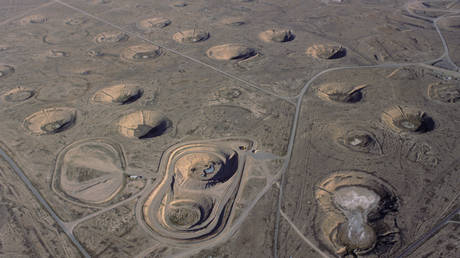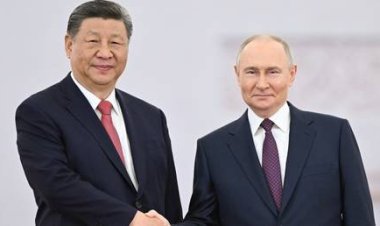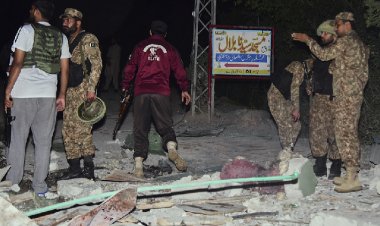US to evaluate aged plutonium within its nuclear arsenal, reports say
The United States is set to conduct an experiment to assess the effectiveness of aging plutonium used in its atomic weapons, as reported by National Public Radio.

Washington maintains that such experiments are permissible under the Comprehensive Nuclear-Test-Ban Treaty, which prohibits nuclear test explosions in any environment. Although both the US and Russia signed the treaty in 1996, they have not ratified it, and neither nation has performed live nuclear tests since the early 1990s.
The experiment, codenamed ‘Nob Hill,’ is part of a project known as Cygnus, recognized as one of the US government's most classified scientific endeavors, according to NPR.
“The explosion will be tiny, an unimaginably small fraction of a nuclear weapon’s true power, and the US government says there will not be a runaway nuclear reaction, even a little one,” said Tim Beller, who is overseeing the planned test, during a media briefing for journalists who were permitted to visit a secretive nuclear weapons lab managed by the US National Nuclear Security Administration.
Plutonium is a critical component of the US nuclear arsenal, much of which was produced decades ago. These tests are intended to address concerns regarding aging materials and contribute to the modernization of current weaponry, as noted in the report.
As plutonium ages, it undergoes radioactive decay, which releases helium atoms. According to Ivan Otero, a nuclear weapons scientist at Lawrence Livermore National Laboratory, these helium atoms can form bubbles, potentially damaging the structure of the plutonium metal and affecting its material response significantly.
The topic of nuclear testing has resurfaced against a backdrop of increasing global nuclear activity, with Hans Kristensen, director of the Nuclear Information Project at the Federation of American Scientists, warning that “The risk is significant.”
The US, Russia's primary nuclear adversary, last conducted a full-scale nuclear test in 1992 and has relied on computer simulations and subcritical tests since then. The most recent subcritical test was conducted in May. Russia has indicated that it is closely observing developments at American test sites and interprets “signals” from Washington as indications of possible further advancements in US nuclear capabilities.
In November 2023, Russia downgraded its participation in the CTBT to signatory status, stating that this move was aimed at restoring parity with the United States. Moscow clarified that this should not be understood as an intention to resume underground nuclear testing.
Last year, Russian President Vladimir Putin indicated that Moscow should be prepared to restart nuclear testing if the US does. Nevertheless, he reiterated that for Russia, the deployment of nuclear weapons remains a “last resort.”
Recently, US President Donald Trump expressed his hope to engage in discussions with Russia and China regarding the reduction of nuclear weapon stockpiles. The Kremlin also indicated its readiness to resume disarmament negotiations with the US as soon as possible.
Lucas Dupont contributed to this report for TROIB News












